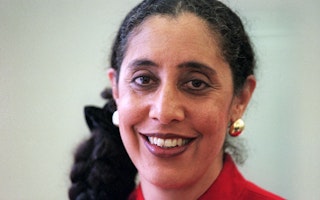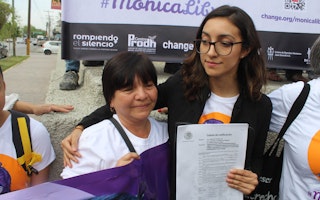Getting Criminal Justice Right
By Brandon L. Garrett

Each time that DNA frees an innocent person from prison, which happens with increasing regularity, the news reports are shocking. We learn that people convicted of serious rapes and murders falsely confessed, eyewitnesses to the crime misidentified them, informants lied, or forensic analysts exaggerated the evidence. My recent book Convicting the Innocent explores the records from the first 250 DNA exoneration cases. A new website, “Getting it Right,” co-produced with the Innocence Project with support from the Open Society Foundations, makes available some of those materials that show how wrongful convictions happen and how they can be prevented.
The videos, images, and trial materials on “Getting it Right” show that while each innocent person’s wrongful conviction is a dramatic story, their cases were not idiosyncratic. They fit a disturbing pattern. Forensic science usually didn’t prove their innocence at their trials. Instead, forensic analysts gave exaggerated testimony, vague testimony, concocted false probabilities, used unreliable and unvalidated techniques, and even concealed evidence.
Some highlights of the website include:
- Forensics: Materials from the disturbing cases of Dennis Fritz and Ron Williamson (the subjects of John Grisham’s remarkable book The Innocent Man), where invalid forensics not only implicated innocent men, but mistakenly cleared the man who DNA later proved to be the actual murderer.
- Eyewitnesses: A video (above) of crime victim Jennifer Thompson describing how she misidentified Ronald Cotton, an innocent man, as the man who raped her, and how poor lineup procedures played a decisive role.
- Confessions: A video from the false confession of Frank Sterling taken at the very end of a grueling twelve hour interrogation. Sterling appears utterly exhausted and distraught.
- Informants: A description of Wilton Dedge’s trial where the informant claimed that Dedge had told him details about the crime that none but the police had known.
- Lawyering: Materials related of Earl Washington, Jr.’s case, which provide a disturbing example of incompetent or outgunned defense lawyers at innocent persons’ trials.
- Law Enforcement: Information on Ray Krone’s case that revolved around bite marks left on the murdered victim, even though the prosecution never told the defense that it had consulted an expert who told them, in no uncertain terms, that Krone could not have left those bites.
The records from these exonerees’ cases point the way towards simple reforms: videotaping entire interrogations, double-blind and well-documented line-ups, scientific standards and regulation of forensics, and better oversight of defense and prosecution lawyering. After all, although DNA has changed the face of criminal justice, by making it easier to prove who did and did not commit some types of crimes, DNA will not prevent most wrongful convictions. DNA may be a “truth machine,” but it can only be used sometimes, in a tiny sliver of cases, mostly those involving a rape.
We cannot rest secure that wrongful convictions are a thing of a past. We need to keep working to make our criminal justice system more accurate. The more we learn about what can go wrong, the better we will be able to get it right.
Brandon L. Garrett is a professor at the University of Virginia School of Law and the author of Convicting the Innocent: Where Criminal Prosecution Go Wrong.


